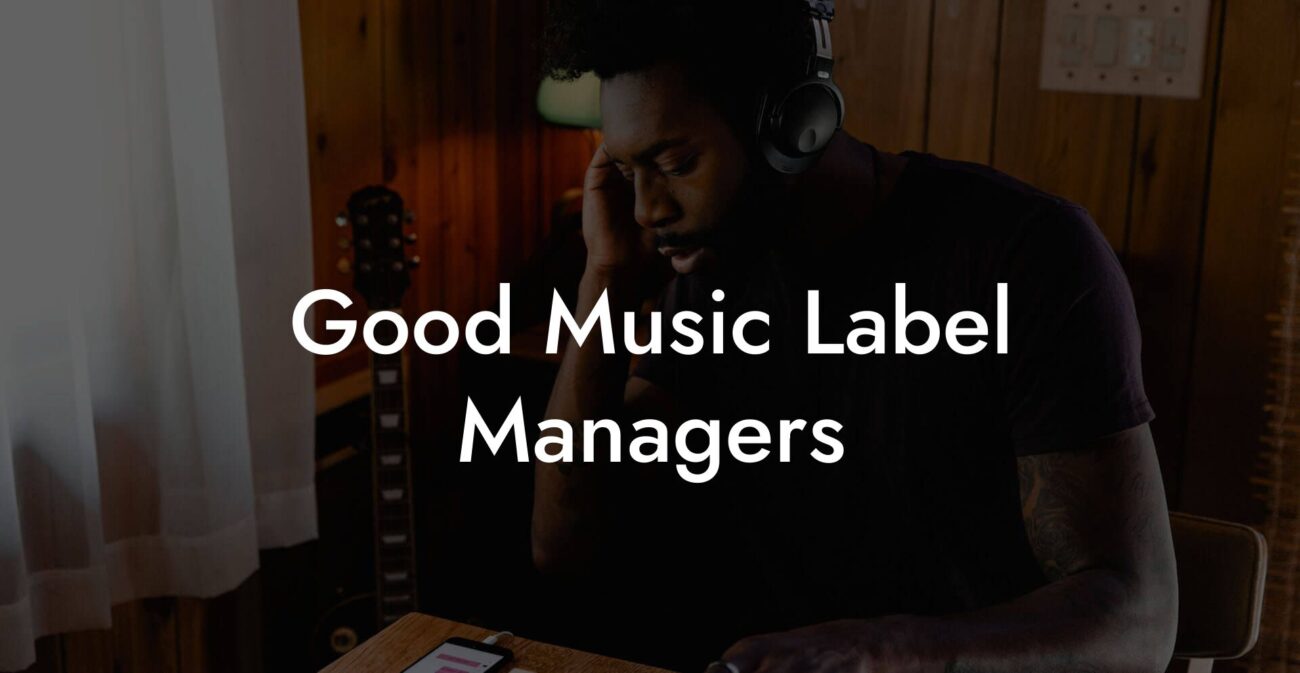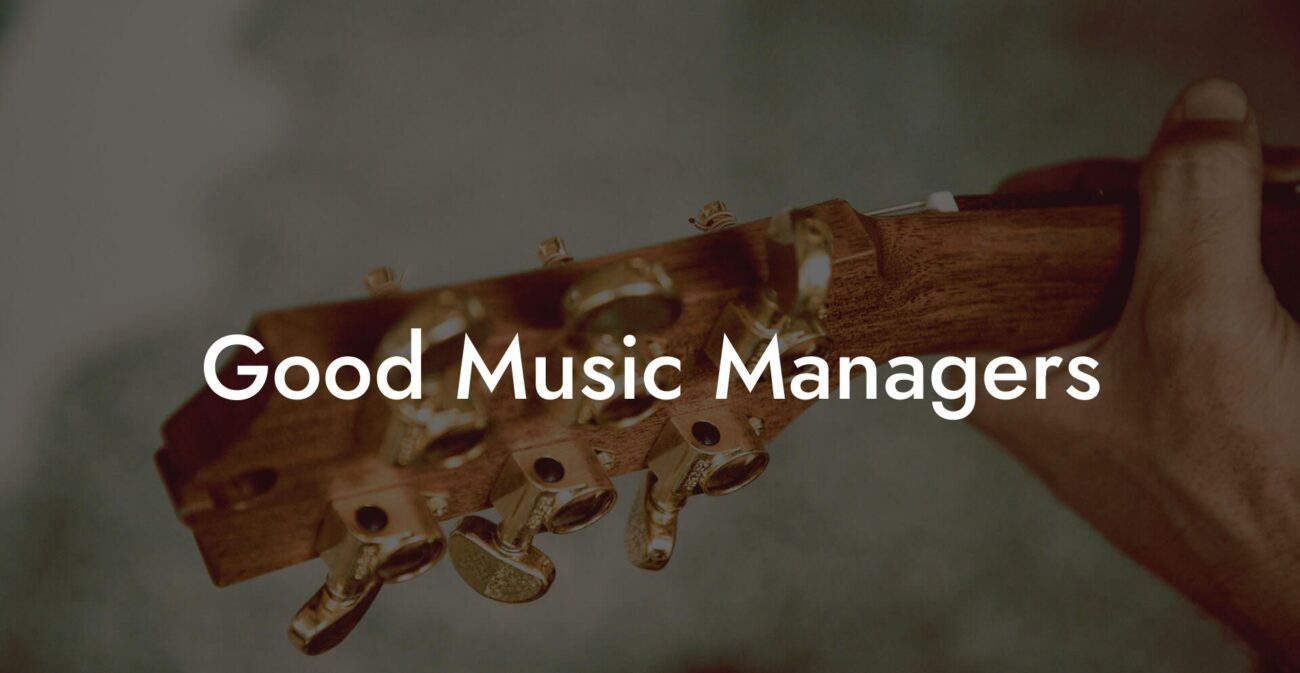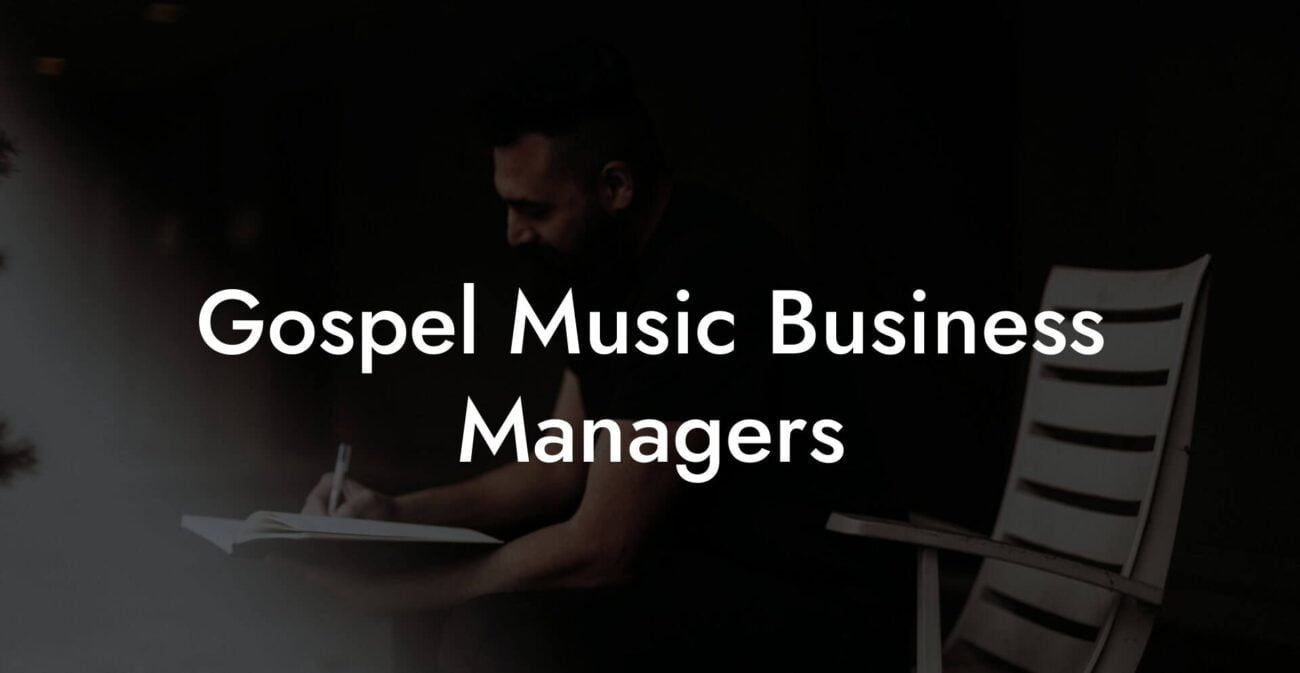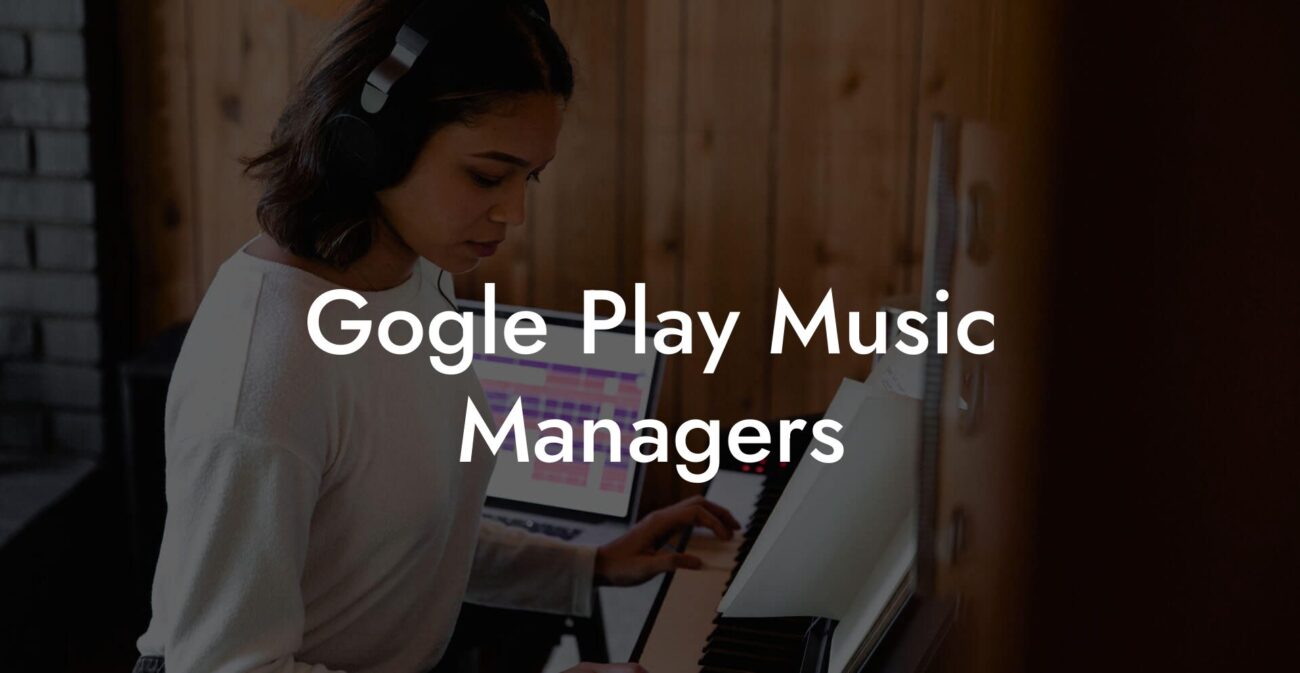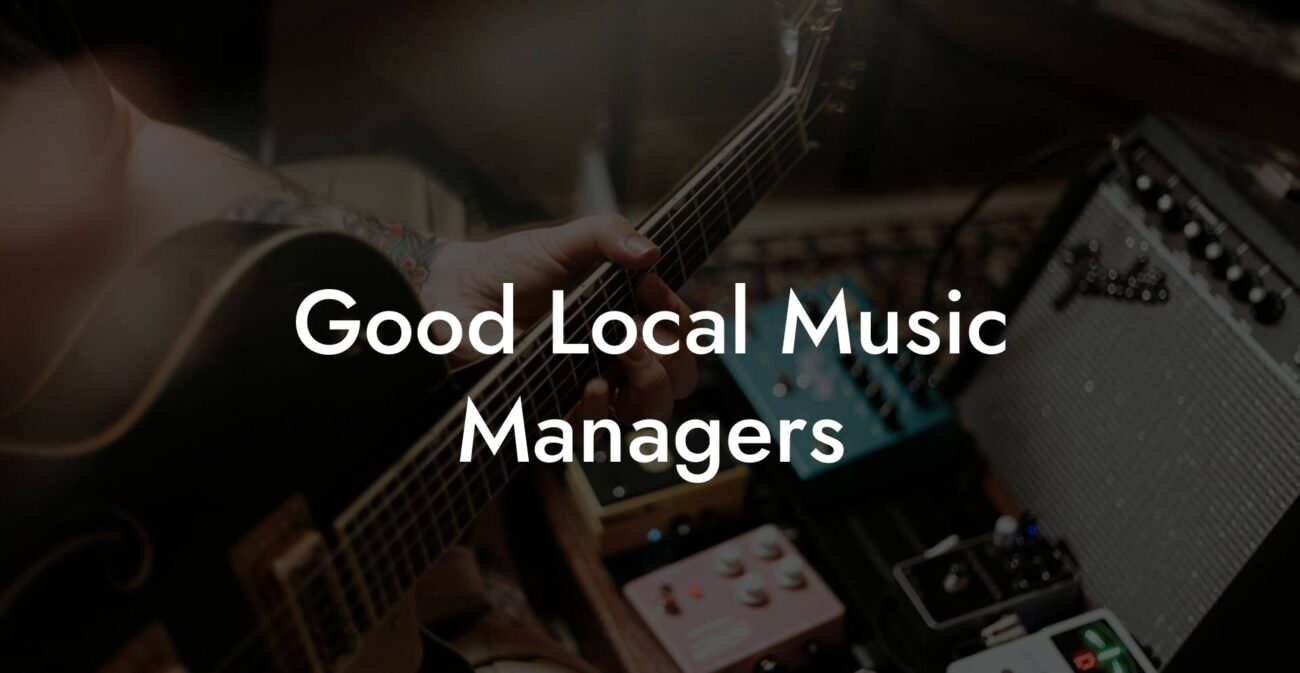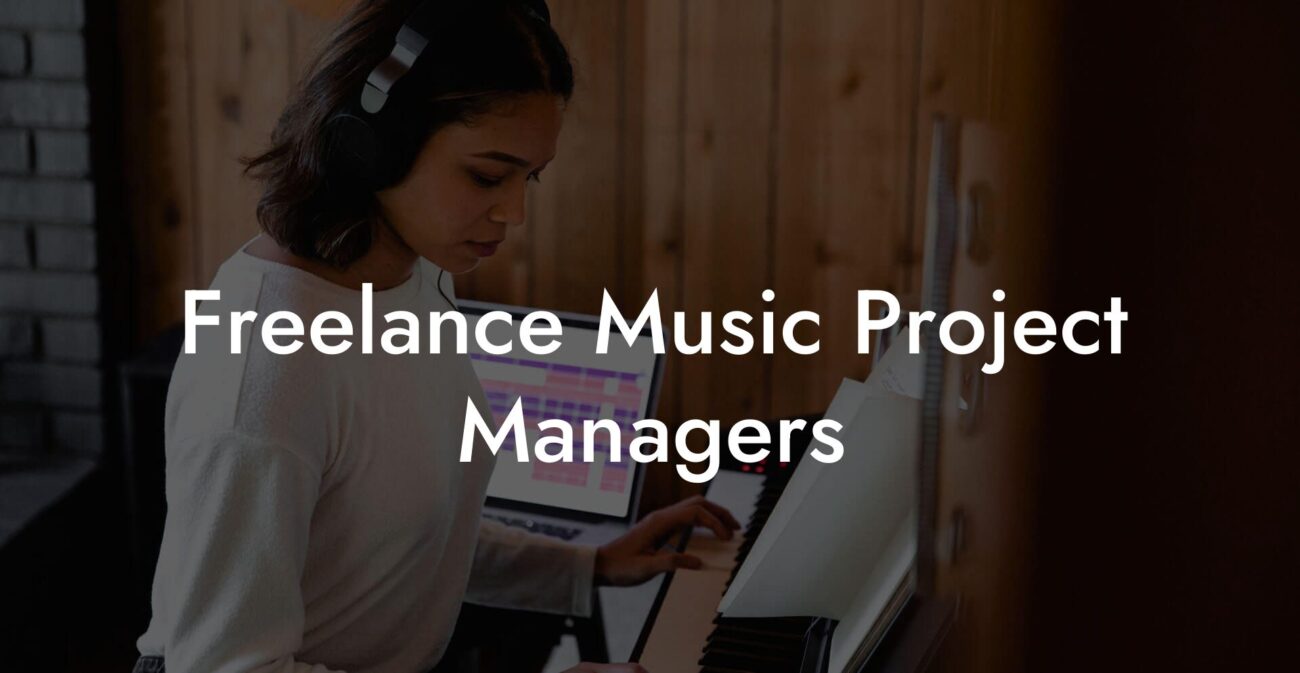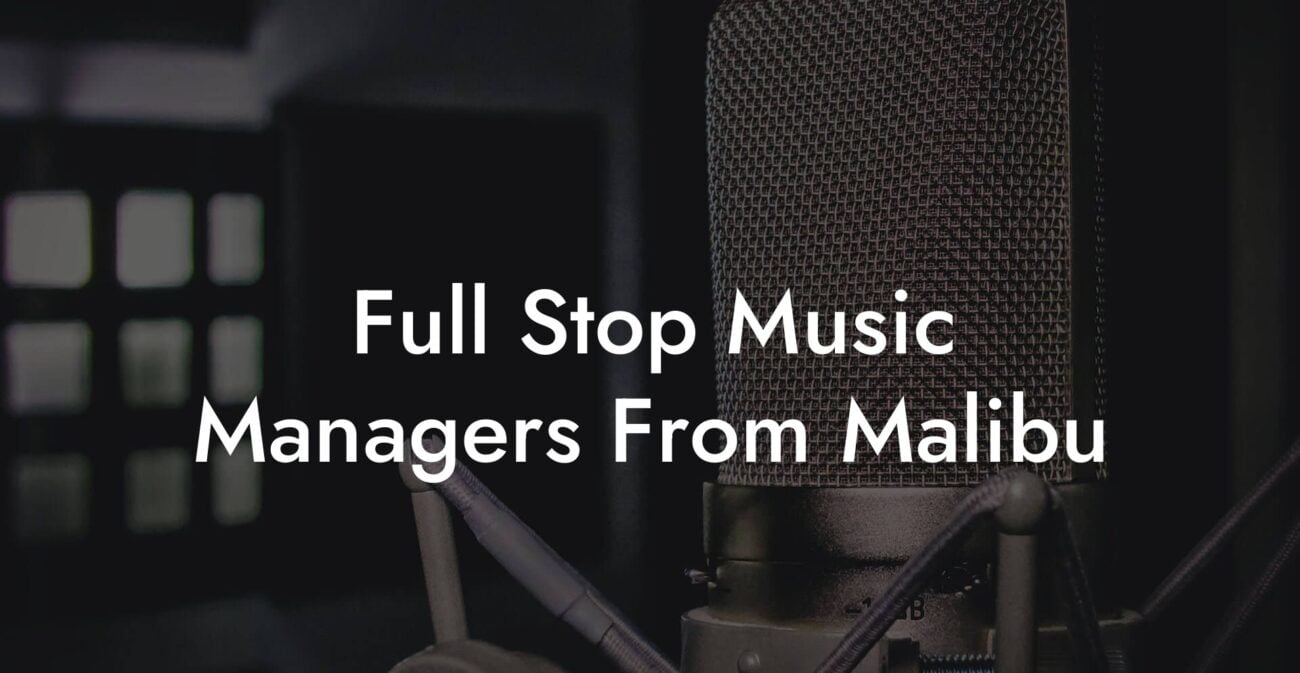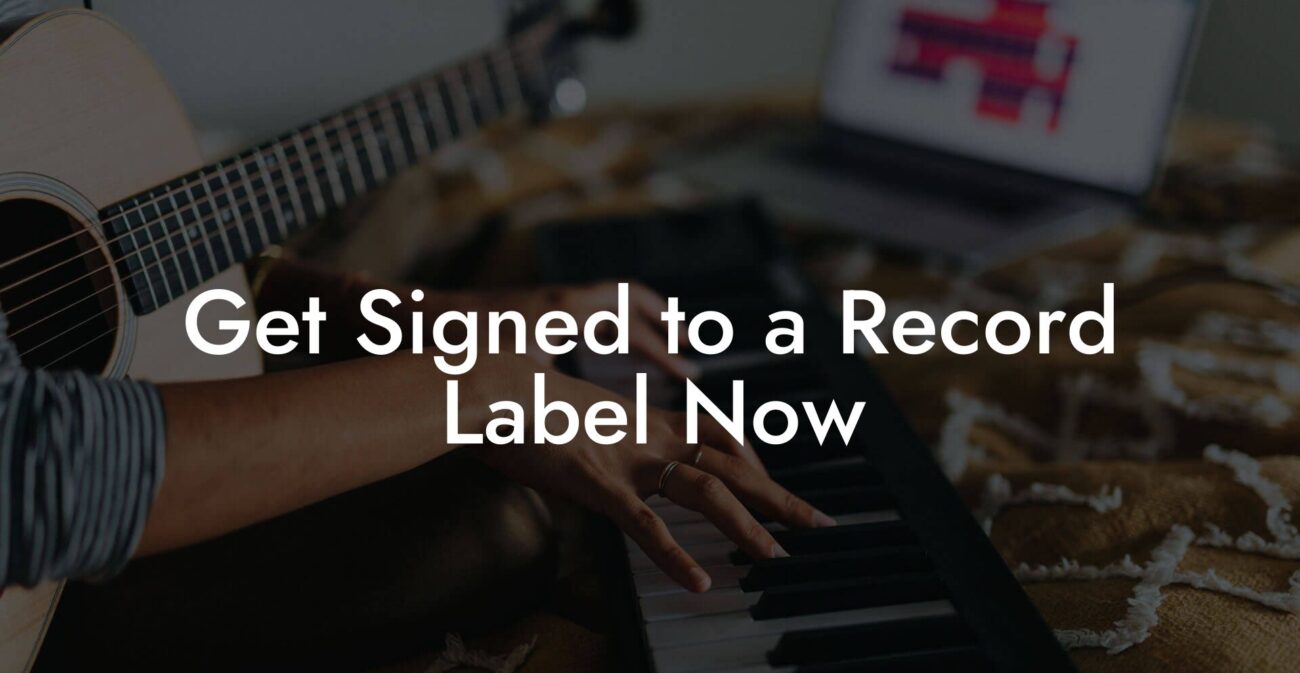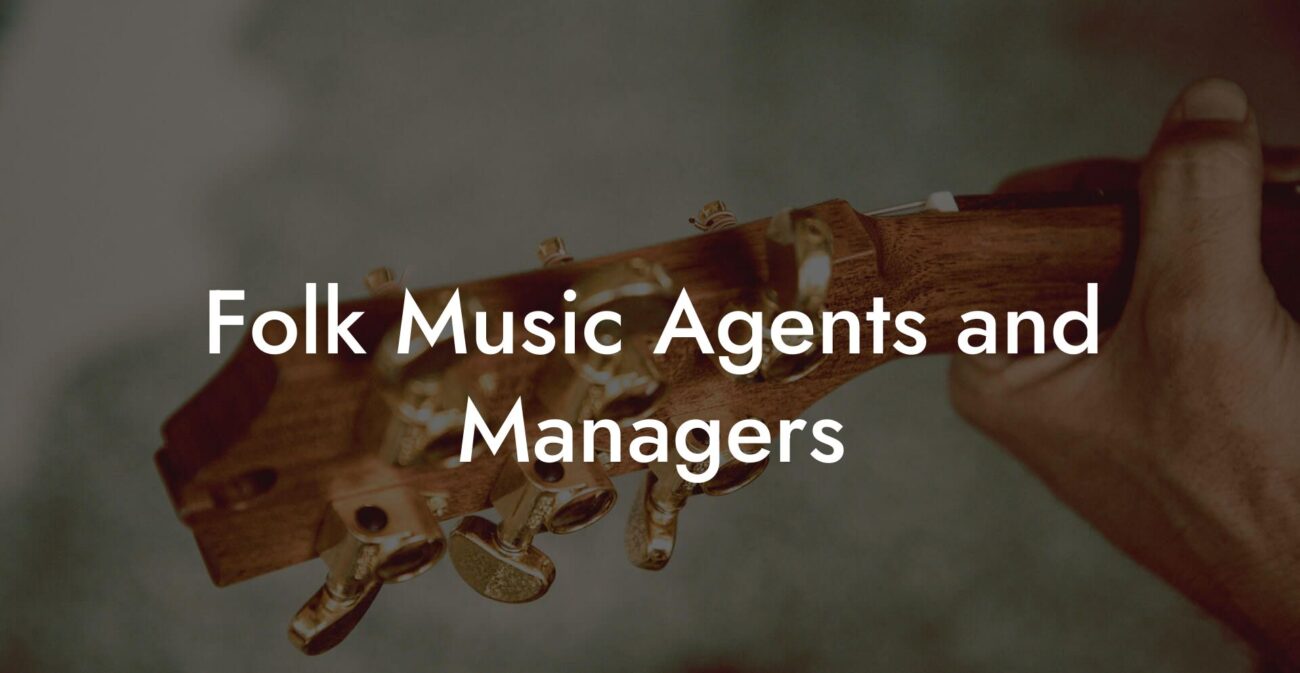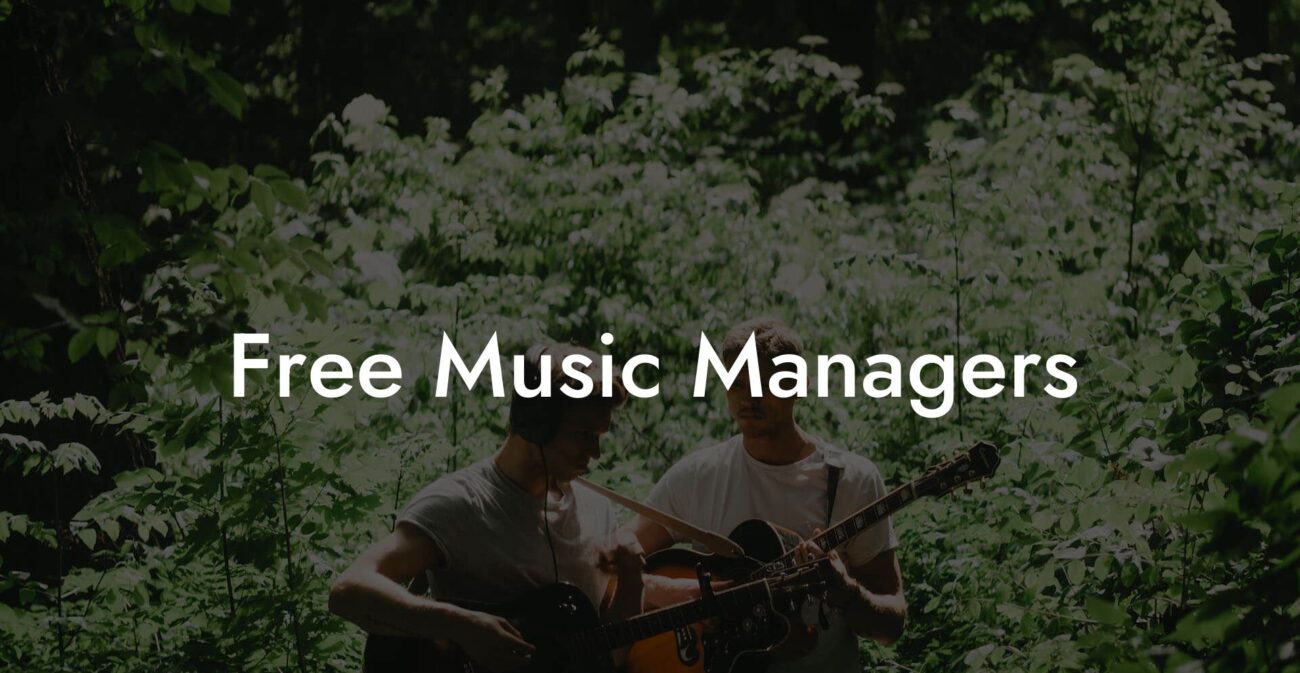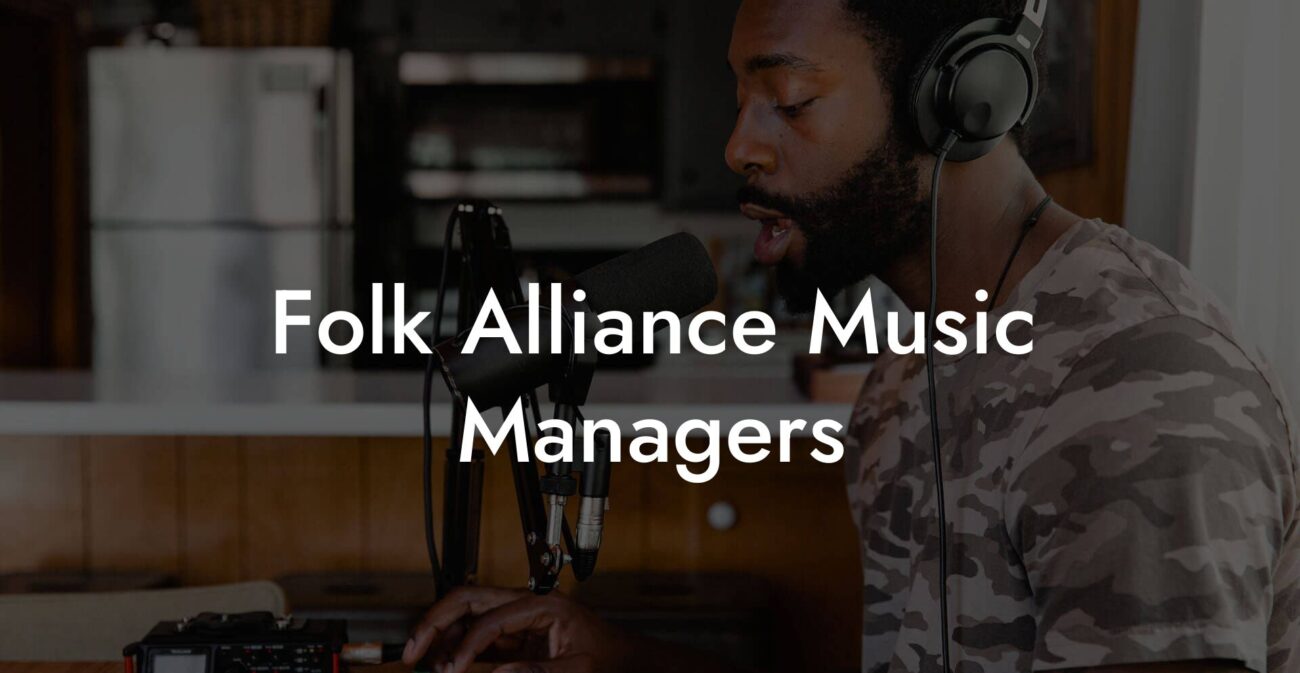Songwriting Advice
How To Make Psychedelic Music
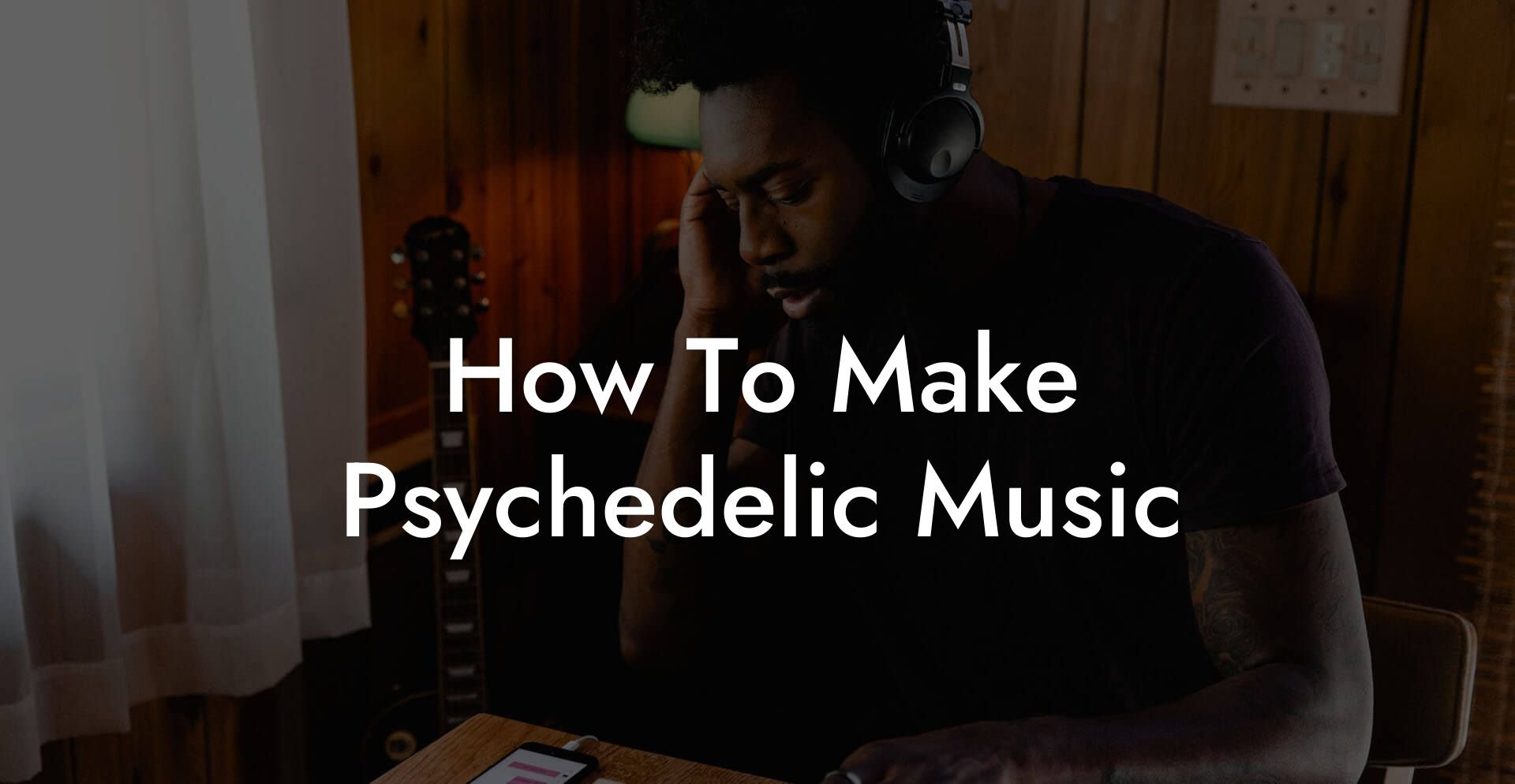
You want your music to transport people like a neon taxi through the inside of a dream. You want textures that smell like wet vinyl, rhythms that wobble like a lava lamp, and vocal moments that feel like someone reading your diary while riding a roller coaster. This guide takes you from ideas to finished tracks. We cover sound design, effects, arrangement, mixing, live performance, and the ridiculous but useful tricks producers use when they want a record to feel trippy and true.
Quick Interruption: Ever wondered how huge artists end up fighting for their own songs? The answer is in the fine print. Learn the lines that protect you. Own your masters. Keep royalties. Keep playing shows without moving back in with Mom. Find out more →
Quick Interruption: Ever wondered how huge artists end up fighting for their own songs? The answer is in the fine print. Learn the lines that protect you. Own your masters. Keep royalties. Keep playing shows without moving back in with Mom. Find out more →
Quick Links to Useful Sections
- What Is Psychedelic Music
- Key Elements Of Psychedelic Music
- History In A Minute
- Core Sound Design Techniques
- Use evolving pads and textures
- Granular synthesis for weirdness
- Layer noise and tape texture
- Effects And How To Use Them
- Reverb as architecture
- Delay for depth and pattern
- Modulation effects
- Using LFOs and automation
- Patching Synths For Psychedelic Sounds
- Guitar Tricks Without Being A Guitar Hero
- Vocals In Psychedelic Music
- Vocal layering and processing
- Vocal chopping and stutter
- Rhythm And Groove
- Arrangement Tips To Keep Interest
- Sampling And Field Recording
- Mixing Techniques For Depth And Width
- Use buses and sends for unified effects
- Parallel processing
- Stereo imaging
- Automation for vibrancy
- Mastering Considerations
- Live Performance Tips
- Common Mistakes And How To Fix Them
- Practical Workflows And Exercises
- One Hour Texture Jam
- Vocal Chop Collage
- Gear And Plugin Recommendations
- How To Finish A Psychedelic Track Fast
- Marketing And Community For Psychedelic Artists
- Examples And Inspiration
- Psychedelic Music FAQ
Everything here speaks plain English. When we toss around acronyms like DAW we explain them. When we say LFO we give an example you can try on a Tuesday at midnight. This is written for millennial and Gen Z artists who want to make music that bends perception without sounding like a tax refund commercial. Expect humor, honest opinions, and solutions you can use in your next session.
What Is Psychedelic Music
Psychedelic music is a mood as much as a style. It creates a sense of altered reality. It can be gentle and floating or aggressive and mind bending. The original psychedelic movement of the 1960s used modal scales, long instrumental passages, and studio experiments to push listeners outside ordinary time. Modern psychedelic music borrows those ideas and adds modern production tools. The common thread is an emphasis on texture, spatial effects, and transformations that make the listener feel like they are inside the sound.
Real life scenario. You want your song to hit like the moment at a party when the lights go down and everyone forgets how to be polite. You want that breathless collective shiver. Psychedelic music helps make that moment into a waveform.
Key Elements Of Psychedelic Music
- Rich texture and layered timbres
- Long evolving sounds and movement inside patches
- Creative use of reverb and delay to create space
- Modulation effects such as chorus, phaser, flanger, and tremolo
- Non linear structure with exploratory sections
- Field recording and found sound to add realism and weirdness
- Mix techniques that emphasize depth and width
History In A Minute
Early psychedelic music grew from blues, folk, and rock with added studio experiments. Bands turned studio gear into instruments. Tape loops, reverse reverb, and flanged guitars created new worlds. Later generations folded these tricks into electronic music, shoegaze, dream pop, and modern psych rock. Today psychedelia is a toolbox. You can be synth based, guitar based, or sample based. The goal is the same. Make the listener feel transported.
Core Sound Design Techniques
Sound design is where most of the magic lives. Here are essential approaches and how to use them like a professional who sometimes cries at 3 AM but always finishes the mix.
Use evolving pads and textures
Long pads that slowly change in tone keep a track alive. Use slow filter sweeps, subtle pitch modulation, and evolving noise layers. If your pad is static the song gets flat. If the pad breathes the track feels like an organism.
Practical tip. Open a synth patch. Add a filter envelope with a very slow attack and a tiny amount of resonance. Insert an LFO controlling the filter cutoff at a slow rate. Set the LFO shape to triangle. This creates a sense of movement without obvious wobble. Record an eight bar loop and listen with headphones. If you feel like you are floating, you are doing it right.
Granular synthesis for weirdness
Granular synthesis breaks audio into tiny particles and reassembles them. It can stretch a vocal into a cavern or turn a drum hit into a rain cloud. Many DAWs have granular tools or plugins. Load a vocal phrase, set grain size small, and randomize playback position. Then modulate grain size slowly. The result is organic chaos.
Explain the term. DAW means digital audio workstation. This is your software like Ableton Live, Logic Pro, FL Studio, or Reaper. If you do not own one yet pick any and learn basic recording first. Plugins and fancy tools are only useful inside a DAW.
Layer noise and tape texture
Subtle noise can glue elements together. Try low level tape hiss, vinyl crackle, or room tone. Tape saturation plugins emulate analog tape. They add harmonic warmth and gentle compression. Keep it subtle. The goal is to make the track feel lived in not like a polyester sweater wrapped in stage smoke.
Effects And How To Use Them
Effects are the costume department for your track. Use them with intention. One crazy effect can change context. Two crazy effects can make your neighbors worry. Here are the most useful effects and setting ideas.
Reverb as architecture
Reverb creates space. Use it to place sounds in different rooms. A long hall reverb can give a sense of enormity. A plate reverb feels smooth and vintage. Convolution reverb uses impulse responses from real spaces. Try a tiny room impulse response on percussion and a large cathedral impulse response on pads. Then automate reverb size so the pad swells into a cathedral during the chorus.
Real life scenario. You have a vocal that is intimate in verses but you want it to feel cosmic in the chorus. Duplicate the vocal. Keep the verse vocal dry and up front. Send a copy to a large reverb on a bus. Automate the send amount so the chorus is drenched in universe.
Delay for depth and pattern
Delay repeats a sound and places it in time. A short slapback delay adds vintage charm. A ping pong delay bounces the sound left and right. Tempo synced delays can create rhythmic patterns that become melodic material. Use feedback to control how long the echoes last. Too much feedback and your track becomes a haunted elevator. Too little and the effect is invisible.
Modulation effects
Chorus thickens. Phaser creates whoosh. Flanger gives metallic sweep. Tremolo automates level to create amplitude wobble. These effects move frequencies and amplitude in time. Pair a guitar with a slow phaser and a tiny amount of delay. The guitar will sit in a moving cloud that is easy to sing over.
Using LFOs and automation
LFO means low frequency oscillator. It is a slow repeating signal used to modulate parameters like filter cutoff or volume. Use an LFO mapped to filter cutoff on a synth pad. Set a slow rate so the pad breathes. Then automate the LFO rate to speed up during a bridge. Automation means recording parameter changes over time inside your DAW. Automation is essential for psychedelic movement.
Patching Synths For Psychedelic Sounds
Synths are your laboratory. You can make liquid basses, glassy bells, and whale like leads. Here is a simple patch recipe you can copy into any subtractive or wavetable synth.
- Oscillator A: saw wave at full mix. Oscillator B: square wave detuned slightly for thickness.
- Filter: low pass with moderate resonance. Set cutoff low enough that the sound is mellow.
- Envelope: slow attack, long decay, low sustain, long release. This gives a slow evolving pad like a sunrise.
- LFO: route to filter cutoff. Rate slow. Amount small. Set LFO shape to triangle for smooth motion.
- Add a subtle chorus and plate reverb. Send a tiny amount to a stereo delay on a send bus for rhythmic sparkle.
Explainer. Detune means slightly offsetting the pitch of one oscillator against another. It creates beating and width. It is not cheating. It is chemistry.
Guitar Tricks Without Being A Guitar Hero
Guitars are fantastic for psychedelic textures. You do not need virtuosic playing to make them sound otherworldly. Use effects and creative mic techniques.
- Reverse reverb. Record a note. Reverse it. Add reverb. Reverse again. The result is a swell that leads into the note.
- Use a tremolo pedal on clean tones. Set depth high and rate slow for a breathing sound. Set rate fast and depth moderate for pulsing movement.
- Sample and granularize a plucked guitar to create rhythmic clouds.
- Play with eBow or sustainer pickups for infinite sustain that becomes a pad.
Real life scenario. You have one chord and two minutes. Record a gentle arpeggio. Duplicate the track. Put a phaser on one copy and a chorus on the other. Automate the mix of the phaser to grow during the second half. Your three minute guitar ambient is now a journey.
Vocals In Psychedelic Music
Vocals can be the anchor or another instrument. You can bury the vocal in reverb and use it as texture. You can keep it close and clear to give listeners a human point of reference. Both choices work. Use doubles, harmonies, and chopped vocal fragments to create interest.
Vocal layering and processing
Record multiple takes of the same line. Pan them differently. Add different effects to each take. For a verse take keep one dry and one with a subtle chorus effect. For an ethereal chorus add reverb and granular time stretching. Vocoder and formant shifting can make the voice sound robotic or alien. Use them sparingly to avoid comedy.
Vocal chopping and stutter
Slice a sung phrase into fragments. Rearrange the fragments rhythmically. Add pitch shifting to some slices. This technique is common in modern psych electronica. It turns a lyric into a texture.
Rhythm And Groove
Psychedelic music can have steady grooves or elastic time. Triplet feels, shuffled beats, and polyrhythms are all useful. You do not need to be complicated to be trippy. Often space and silence are as powerful as busy drums.
Tempo. Slow tempos feel heavy and meditative. Faster tempos create kinetic trips. Try 70 to 90 BPM for woozy slow jams. Try 110 to 130 BPM for psych dance tracks. Match your production choices to the tempo. At slow tempos, add movement by using long reverb tails. At faster tempos use tight delays and rhythmic gating.
Arrangement Tips To Keep Interest
Psychedelic arrangements often evolve slowly. Use the following tactics.
- Introduce one new element every 8 or 16 bars
- Use breakdowns where most instruments drop out leaving one or two elements
- Create returns by repeating a small motif after five minutes to give listeners an anchor
- Use crescendos that build textures rather than just volume
Practical roadmap. Start with a motif. Add a pad. Bring in a percussion loop. Introduce a vocal. Strip everything back in the middle and bring in a new lead sound for the final section. Keep transitions smooth with filtering and reverb automation so nothing feels abrupt unless you want it to.
Sampling And Field Recording
Found sounds give your track authenticity. Record faucets, trains, birds, or a coffee shop hum. Use these as percussive elements, ambiences, or melodic material after pitch shifting. Granular processing a field recording can create pads that sound both familiar and alien. Use a bit crusher to add grit. Use a convolution reverb to put a found sound inside a larger space.
Example. Record a bus idling outside your window. Add a high pass filter to remove rumble. Slice it into small grains and pitch shift some grains down an octave. Layer a pad underneath. Suddenly your bus recording is a haunted cathedral drone. This is free content that feels real.
Mixing Techniques For Depth And Width
Mixing psychedelic music is about creating believable space and intentional width. The listener should feel placed inside the track rather than being presented with a flat stereo postcard.
Use buses and sends for unified effects
Route reverbs and delays to send channels. Send multiple instruments to the same reverb to glue them into one space. Create two main reverb buses. One small and short for intimacy. One large and long for cosmic moments. Automate send levels to move instruments between rooms.
Parallel processing
Parallel compression means blending a compressed copy of a track with the original. It preserves dynamics while adding body. Use it on drums to make them punch without destroying transient life. Use it on synths for presence without squashing evolution.
Stereo imaging
Use modulation and stereo delays to widen textures. But avoid making the low end too wide. Keep bass elements in mono to maintain power on clubs and earbuds. Use mid side processing to add shimmer to the sides while keeping center clarity.
Automation for vibrancy
Automate filter cutoff, reverb size, delay feedback, and send levels. Small changes over long times create movement that feels natural. If nothing moves the track becomes static. If everything moves the track becomes dizzying. Find the balance and test on multiple speakers.
Mastering Considerations
Mastering for psychedelic music is about preserving dynamic range while making the track translate. Loudness is not the enemy but aggressive limiting can flatten the textures you worked so hard to create. Target moderate loudness and let the track breathe. Use gentle EQ to remove resonant frequency buildups created by long reverbs. Consider a gentle tape saturation stage to glue elements together.
Live Performance Tips
Performing psychedelic music live requires finding ways to recreate studio textures on stage. Here are practical ideas.
- Use a looper pedal or looper app to build layers in real time
- Use backing tracks for pads and atmospheric elements while performing leads live
- Employ a sampler to trigger vocal chops and field recordings
- Consider a reverb pedal with an expression pedal to control washiness on the fly
- Use projected visuals and lighting that match your sound to enhance immersion
Real life scenario. You are playing a bar where half the crowd is there for drinks and half for music. During a quiet section fade most instruments and play a vocal loop with heavy reverb. The room will quiet down. That is your moment of attention. Use it wisely and then drop into the groove for release.
Common Mistakes And How To Fix Them
- Too much reverb that kills clarity. Fix by setting pre delay which separates the dry sound from the reverb tail and using EQ on the reverb send to remove low end mud.
- Everything modulated at the same rate causing phasey mush. Fix by varying LFO rates and use different modulation shapes for each element.
- Mix lacks focal point. Fix by keeping one element pristine in the center usually vocals or lead instrument. Let other elements orbit.
- Overcomplex arrangements that confuse listeners. Fix by creating anchor motifs and repeating them occasionally so the listener has something to latch onto.
- Muddy low end. Fix by high passing non bass elements and using careful sidechain or ducking so the kick and bass live together.
Practical Workflows And Exercises
Below are exercises to expand your sound palette and finish tracks faster.
One Hour Texture Jam
- Create a simple two chord loop. Set tempo to 80 BPM.
- Pick one synth pad patch and set a slow LFO on filter cutoff.
- Record three takes of a simple vocal phrase. Layer them. Add different mod effects to each take.
- Record or import a field recording. Granularize part of it. Use it as a background bed.
- Add percussion that is not a full drum kit. Use shakers, clicks, or a sampled table hit. Keep it sparse.
- Finish by automating reverb send so the last 30 seconds feel huge.
Vocal Chop Collage
- Record one sentence. Chop into fragments.
- Pitch shift every second fragment down an octave and reverse a few slices.
- Place slices on different rhythmic positions for an unpredictable groove.
- Process with a light convolution reverb using a weird impulse response like a bathroom or tunnel.
Gear And Plugin Recommendations
Gear does not make the music. Your ear and ideas do. Still, these tools are reliable and used by many producers who want that psychedelic sheen.
- Synths: Serum, Pigments, Massive, or analog synths like the Korg Minilogue
- Granular: Granulator II if you use Ableton Live or standalone like Output Portal
- Reverb: Valhalla VintageVerb, Altiverb, or convolution reverbs for real spaces
- Delay: Soundtoys EchoBoy, FabFilter Timeless
- Modulation: Eventide H910 plugin emulations and classic chorus and phaser plugins
- Saturation: Softube Tape, Waves J37, or Soundtoys Decapitator for character
- Looper and stomp: Boss RC series for live looping and Electro Harmonix Memory Man for warm analog delay
Explain. Plugin means software that runs inside your DAW to process or generate audio. Use trial versions before purchasing. Many great free plugins exist and they can get you 90 percent of the way.
How To Finish A Psychedelic Track Fast
- Lock the core idea. Pick one emotional line or one melodic motif and make it obvious within the first 30 seconds.
- Create three layers of movement. For example a moving pad, a rhythmic delay, and a vocal chop pattern.
- Mix for space. Set two reverb buses and keep the low end tight.
- Automate two big moves. A filter sweep into the bridge and a reverb swell into the final section work well.
- Export a rough mix and sleep on it overnight. Fresh ears will tell you which texture is missing.
Marketing And Community For Psychedelic Artists
Psychedelic music finds fans in niches. Connect with communities that love immersive experiences. Play small immersive shows, collaborate with visual artists, and share snippets of texture creation on social platforms. People love behind the curtain content. Show how you made that weird vocal cloud. It builds trust and intrigue.
Real life scenario. You make a short loop showing how a bus recording became a bass drone. Three people save that clip. One of them is a festival booker who likes immersive sets. Now you have a show. Sounds flaky. It works.
Examples And Inspiration
Listen across time. Old psych rock, shoegaze, krautrock, dub, ambient, and modern electronic producers each hold pieces of the puzzle. Study not to copy but to steal ideas like a polite cat. Pay attention to how these artists shape space and how they create repeated motifs that feel like rituals. Try to name one thing you love about a track and then recreate that feeling with different sounds.
Psychedelic Music FAQ
What tempo should psychedelic music use
There is no right tempo. Slow tempos create meditative moods. Mid tempos support groove and trance. Faster tempos make music danceable while still being trippy. Choose tempo based on how you want a listener to move or not move. If you want eyes closed nodding pick slower. If you want a crowd to sway pick mid tempo.
Do I need analog gear to make authentic psychedelic sounds
No. Many modern plugins emulate analog gear convincingly. Analog gear can add tactile control and subtle imperfections that feel organic. But a great track comes from ideas and careful production. Use what you have and spend time learning sound design and effects chains.
How do you keep a psychedelic track interesting for a long runtime
Use slow evolution. Add or remove layers gradually. Introduce a new motif or instrument every so often. Use dynamics. Silence or near silence followed by a return to full texture is powerful. Think of the track as a movie scene. What changes keep the story moving.
How much reverb is too much
When reverb removes clarity it is too much. Use pre delay to keep the direct sound audible. High pass the reverb return to remove low frequencies that cause muddiness. If a part becomes indistinct mute the reverb bus and compare. Your ears will tell you the right amount.
What is the easiest way to create psychedelic vocals
Record a clean performance. Duplicate the track. Process one copy with reverb and delay. Chop another for texture. Add subtle pitch shifting on a third track for width. Blend them. Use formant shifting sparingly for subtle timbral change without obvious pitch distortion.

